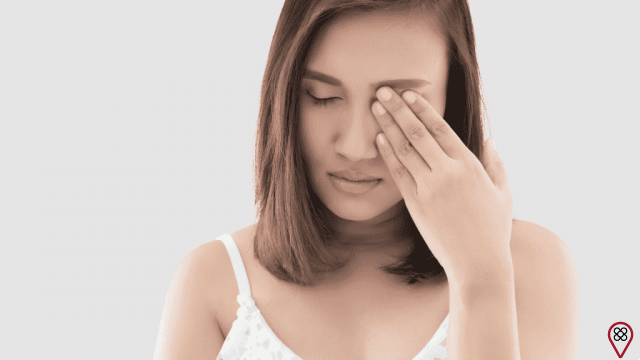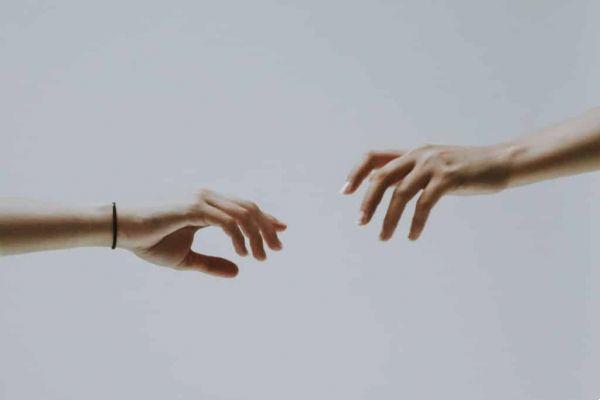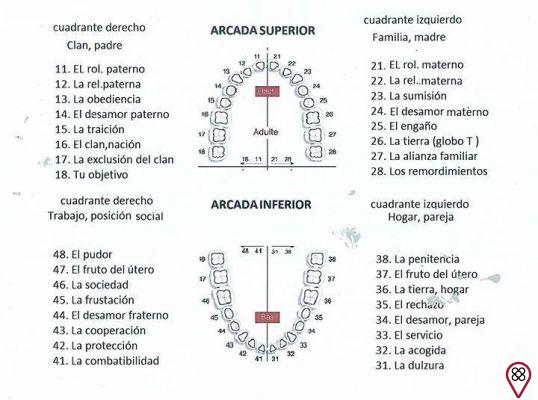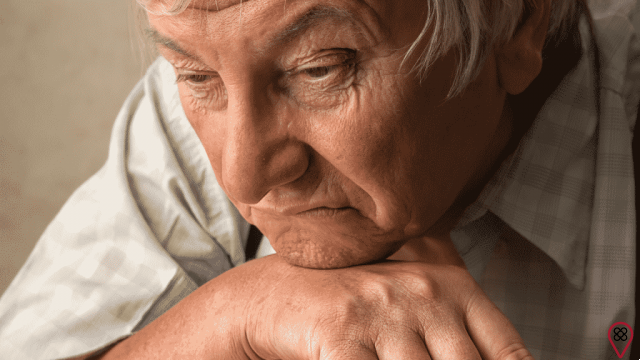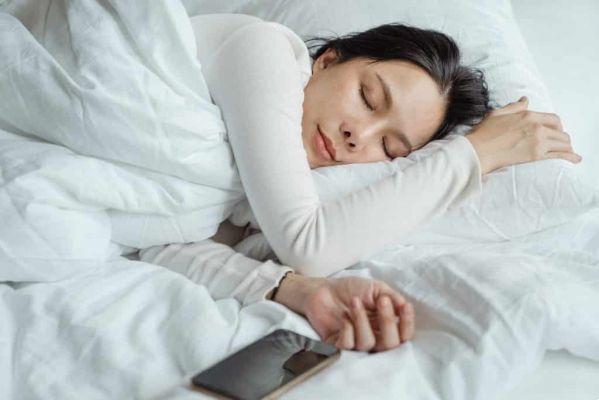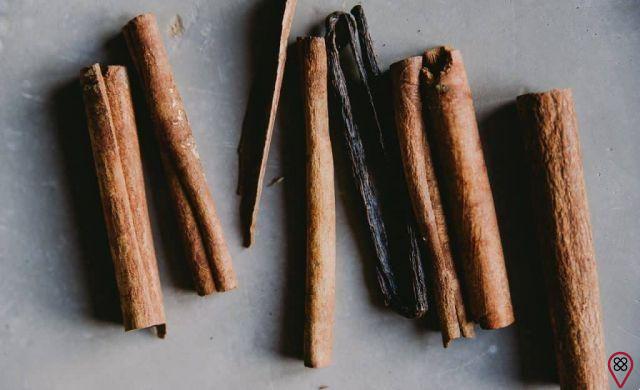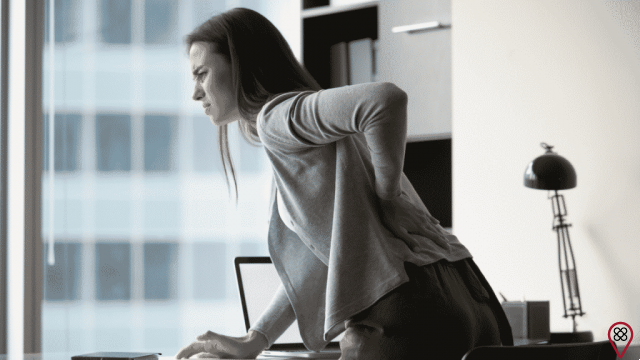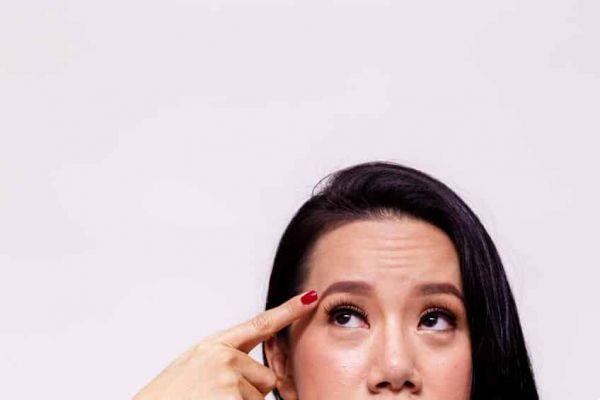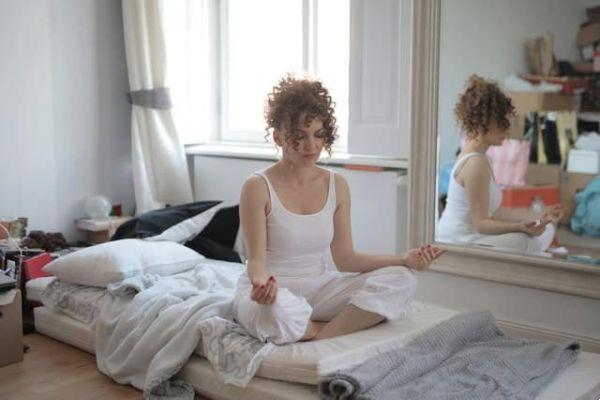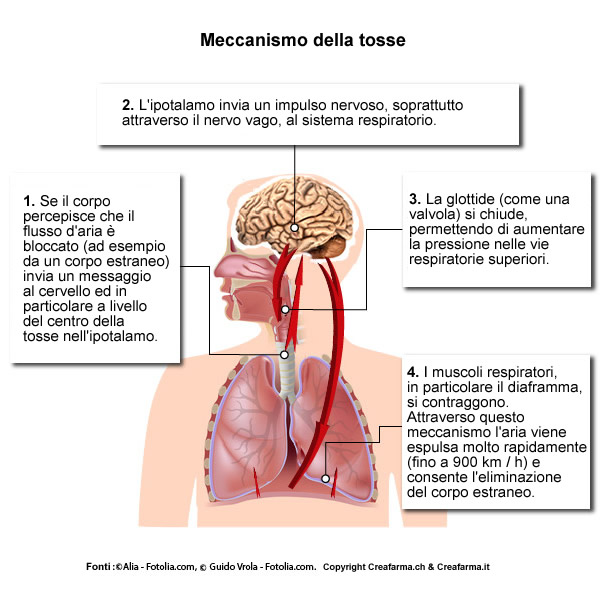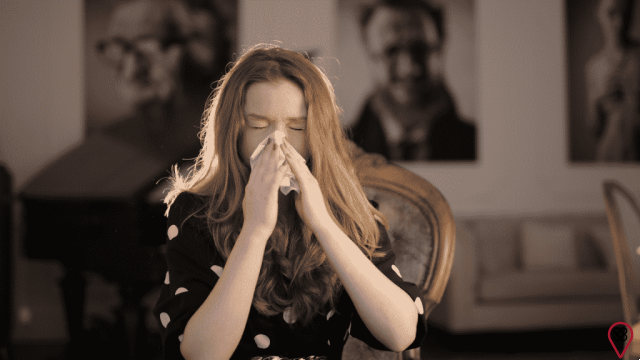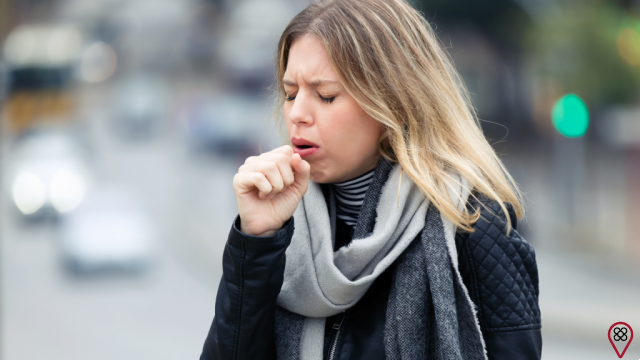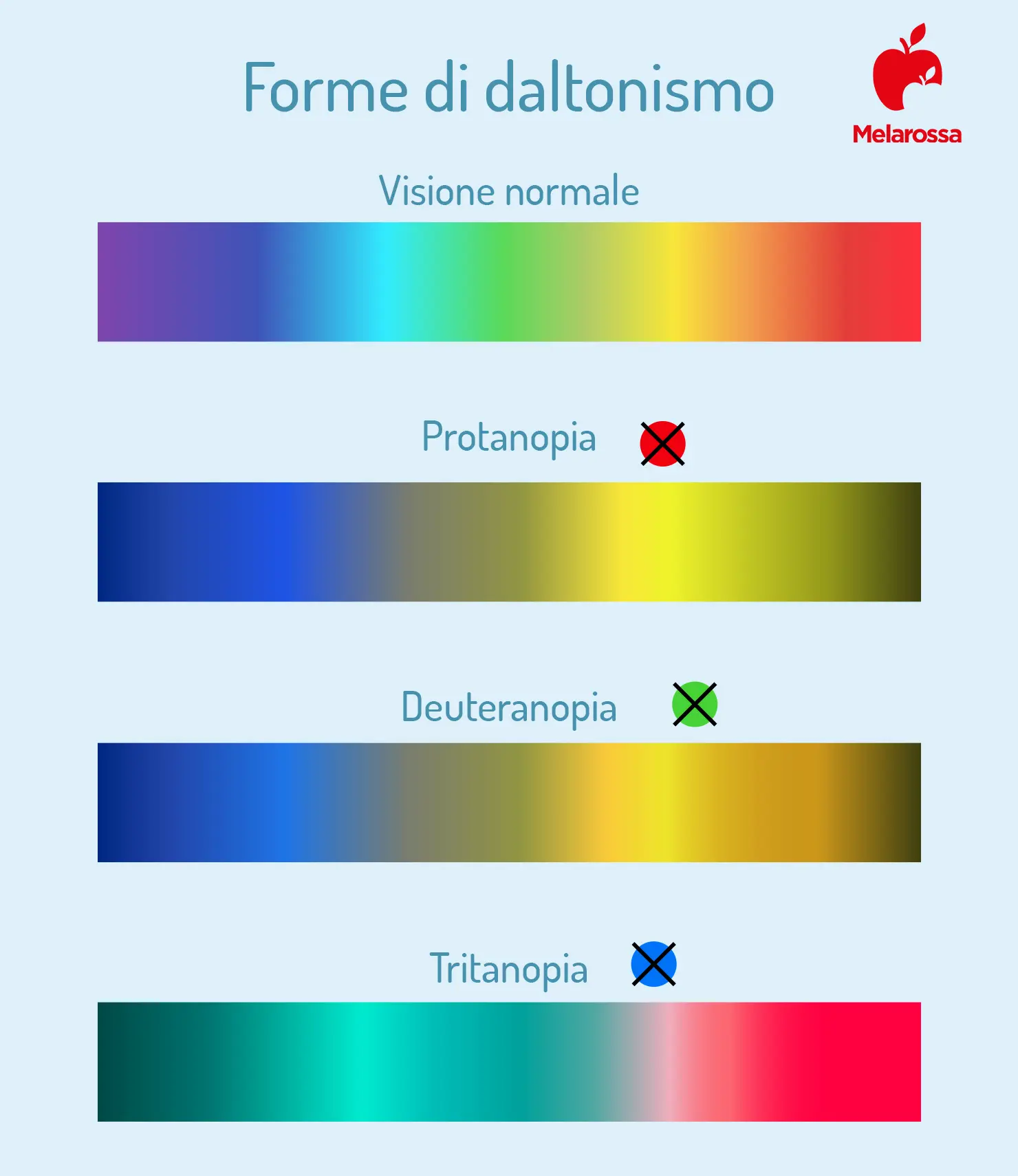Did you know that the knee is the largest joint in the body? Formed by cartilage and ligaments, in addition to no less than four bones (femur, tibia, fibula and patella), the knee is one of the most complex parts of the human body. It works like a lever that needs damping and lubrication to operate correctly, so pain in this part of the body is a sign that one of these processes is not happening correctly.
Although knee pain is associated with old age, as if it were signs that age is already advanced and the body shows signs of malfunction, it is not so. Yes, the knees, like other bones, muscles and joints, undergo natural changes and wear and tear as we age, but this is not the only cause of pain. To give you an idea, in the United States, 18 million people of all ages go to doctors to report knee pain.
There are mainly two types of knee pain:
Traumatic pain: the one we feel when we suffer a fall, a blow or when we are injured during physical activity, for example.
Degenerative pain: caused by diseases that impair the perfect functioning of the knee, such as osteoarthritis.
Main causes
The causes of knee pain, swelling and discomfort are many, so only an orthopedist - often with the help of radiographic exams - can determine what your problem is. If you have knee pain that lasts for more than three days or comes back from time to time, see a doctor to understand what is happening to your body.
Below is a list of the main problems that cause knee pain, which do not include more “simple” diagnoses, such as overweight, blows and excess movement of the knee:
- Cruciate ligament injury: commonly seen in professional athletes, this injury happens because of trauma during physical activities, when there is a rupture of an internal ligament of the knee, which is the main responsible for the joint. If untreated in the early stages, it can progress to osteoarthritis.
- Meniscus injury: quite common among sedentary people, it is an injury to the cushioning cartilage of the knee and usually occurs because the muscles of these people are not sufficiently prepared to absorb the impacts of a sports practice.
- Tendonitis: It happens when there is inflammation in a tendon (responsible for connecting joints, bones and muscles) and it is associated with the excess and repetition of a certain physical activity or inadequate postures during the same type of act, for long periods.
- Artrose (degenerative arthritis): it is basically an inflammation process that causes pain, stiffness and loss of mobility. It usually develops as a result of some other injury that has not received the correct treatment.
- Rheumatoid arthritis: Contrary to what one might think, it is not an old-age-related disease, as it can appear at any age. Arthritis is an autoimmune disease, that is, it causes the body to attack its own tissues, which can affect the knees, hands and feet.
An accurate diagnosis can only be given by a doctor. So, if the pain is persistent, frequent or increasing in intensity, make an appointment with a doctor as soon as possible to start the appropriate treatment.
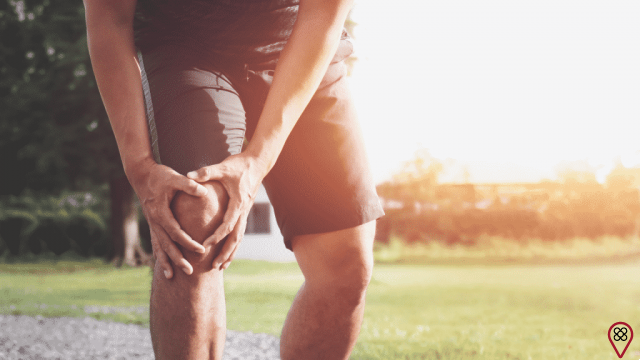
Knee Pain and Body Language
Do you know Body Language? It is a therapeutic analysis according to which the physical problems that affect our body are directly related to our emotions, beliefs, feelings and thoughts. In this way, these problems can, to a certain extent, be healed in a natural way, by dealing with the aspects that cause psychological and emotional dysfunctions in us.
According to the book “Language of the Body”, by the writer Cristina Cairo, knee pain symbolizes problems in the present life, since the knee has the function of balancing the thighs (past) and the future (legs).
The problems of acceptance of the present life can be several, but they are mainly associated with the difficulty of accepting the opinions of others and the excessive defense of our own space. So we need to go through a maturation process, so we can deal with criticism and avoid this overprotective attitude towards ourselves, understanding that not everything or everyone wants to attack us or wants us to harm.
Other problems of lack of balance in the present life involve a lack of self-respect, in the sense of not committing to fulfilling our goals, dreams and plans, whether academic, professional or personal. This personal cancellation happens because we stop giving voice to our essence and diminish the importance of what our heart says.
Finally, very serious emotional wounds, problems related to pride, disrespect for one's own way of being and the habit of forcing a situation that does not happen spontaneously and naturally, in addition to a heart full of disappointments, frustrations and criticism of ourselves, are the main causes of knee problems.
It is also common for people who do not “bend” to others to suffer from knee pain because of this resistance to being flexible and accepting that the opinion, emotions and reflections of others are as important as their own. So this lack of flexibility ends up being somatized in the knee, which starts to have problems in its joints.
The treatment of these emotional problems that affect physical health essentially involves honest and sincere self-analysis, with the aim of understanding what is hurting us — and whether we are hurting ourselves. Everyone has emotional issues, so acknowledging ours is no shame. On the contrary, it is the first step towards healing all the pains that bother us, whether physical or emotional.

5 tips to relieve knee pain
Before suggesting tips to alleviate your knee pain, it is worth mentioning that self-medication, even if it involves natural methods and physical exercises, cannot be done without the help and guidance of a doctor. If you have persistent pain, see a professional.
Check out now 5 simple and homemade solutions to ease knee pain:
- Massage: Stand up straight and support your leg on a frame so your knee is up and at a right angle. Massage from side to side for no more than five minutes. Repeat as you improve, but don't overuse the practice, so as not to strain an injured area further.
- Stretching: There are two types of recommended stretching. In the first, standing, bend the knee back, pulling and touching the heel against the back of the thigh. In the second, stretch your leg as far as possible on some high surface, also while standing.
- Ice: in cases of blows, cold compresses applied to the lesions for three minutes help a lot to reduce swelling. The compresses can be repeated for the next two days.
- Hot compress: in cases of pain, apply warm compresses to the painful area of the knee for up to 10 minutes, up to 3 times a day. Do not apply a hot or warm compress if the knee is still swollen – in this case, it is best to apply ice.
- Postural drainage: improves circulation and helps fight pain. Lie down on a bed or sofa, lift your leg from the knee that is painful (if possible, lean against a wall) and stay in that position for a while.
You may also like
- Metaphysics of crisis signals
- Discover Pilates exercises and stretch!
- Did you know that body aches can be linked to emotions? Find out now!
- Learn about natural healing with these anti-inflammatory herbs
- Body language: menstrual cramps
- Knee prosthesis: When to perform the surgery?
Regardless of the cause of your knee pain—emotional (according to Body Language) or physical (due to trauma, inflammation, injury, or illness)—it is essential to seek medical attention if the pain persists or the intensity does not subside after 3 days. Often, we end up neglecting a simple problem that, little by little, becomes serious. Find a doctor and take care of your health!






